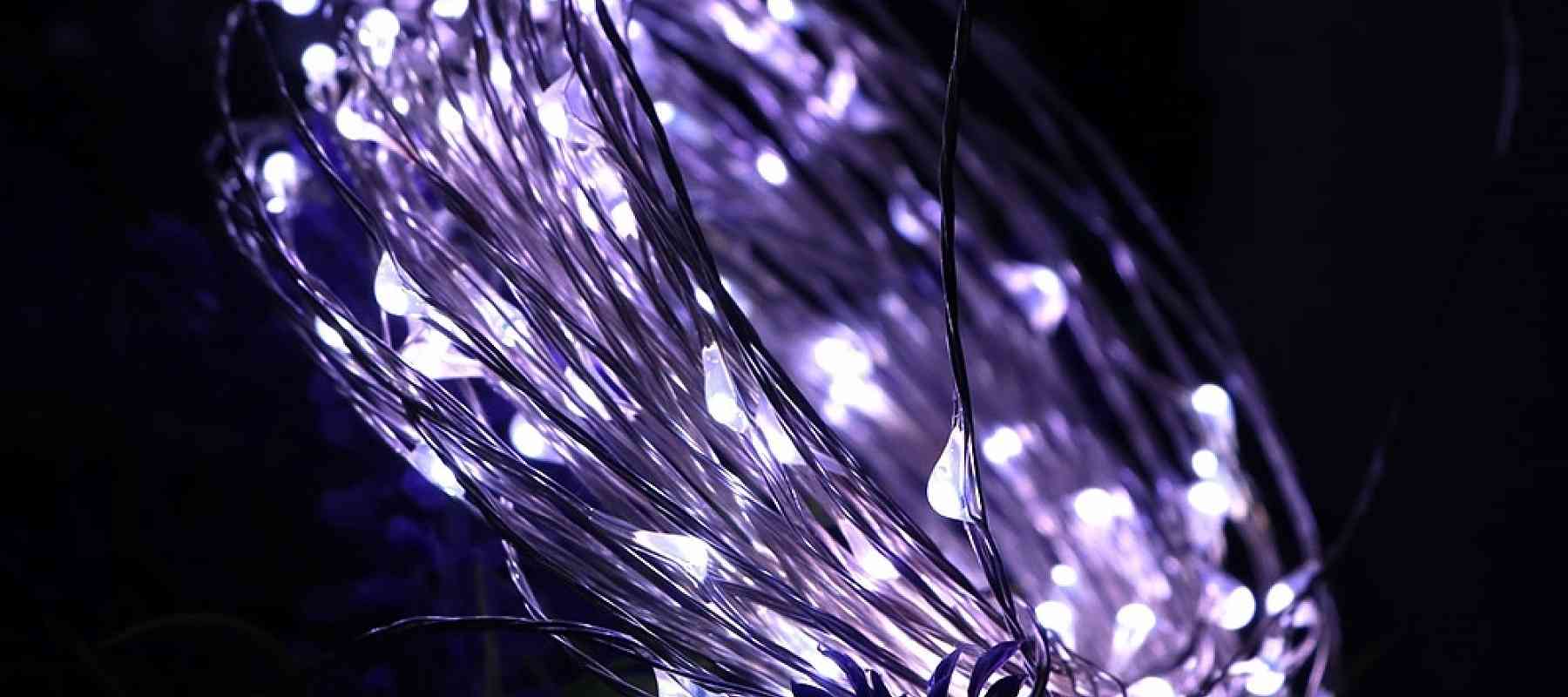The holidays are a festive time of year. It puts people in a celebratory mood. They want to decorate their homes, “deck the halls” and surround themselves with all the images of the season. A major part of the holiday experience for many is decorating with lights. It is an age-old tradition that dates back much further than either the traditional incandescent bulbs or LEDs. No holiday decorating scheme is truly complete without them.
Christmas lights create an atmosphere both inside and outside the home that is warm and merry. During the darkest days of the year leading up to the Winter Solstice, the many lights and their festive colors speak of the anticipation of all that we celebrate throughout the season, along with the longer days son to come. Many home still use decades-old strands of incandescent Christmas lights of all sizes and descriptions, but a new generation of lights has arrived and is making its presence known on the holiday decorating market more each year. Of course, we are referring to LED Christmas lights.
Is one kind better than the other? Let’s take a look at a comparison between the two and see what we can discover.
LEDs: What’s Good About them
LED lights use far less energy than their incandescent counterparts. Because they are so energy efficient, LEDs have a minimal effect on the average electric bill. This is great news on the environmental front since whenever less energy is being consumed, it decreases the user’s Carbon Footprint. LED bulbs are also more durable. They have an average life expectancy of about 4,000 hours with tremendously outstrips the capacity older incandescents. Pre-lit trees that use LEDs will last for years and the lights will always be more stable than incandescents.
In the Minus Column…
Older LED lights are not as bright as standard lights, making it necessary to use more of them to achieve the desired illuminating effect. While newer LEDs do not suffer from this limitation, they are more expensive than their traditional counterparts. Most LED Christmas light strands have fewer bulbs than the average incandescent strand, which means you will likely end up spending more money for a comparable number of lights.
Traditional Lights: The Good Points
Incandescent Christmas lights are still brighter than any LED alternative and offer more bulbs per strand, which adds to the intensity. Standard Christmas lights are also much cheaper than LEDs.
On the Other Hand…
Incandescents burn hotter and they burn out sooner. Replacing them can be a chore and it can be a constant effort to keep up with them when they start to die. They are nowhere near as predictable as LEDs in terms of lifespan. The cost of replacing individual bulbs can quickly negate the savings over LEDs. They also cost more to use because they use up more energy.
At the end it boils down to preference. Weighing the pros and cons, each type of holiday light has its advantages and its disadvantages and there is no clear winner in the “best choice” category.



